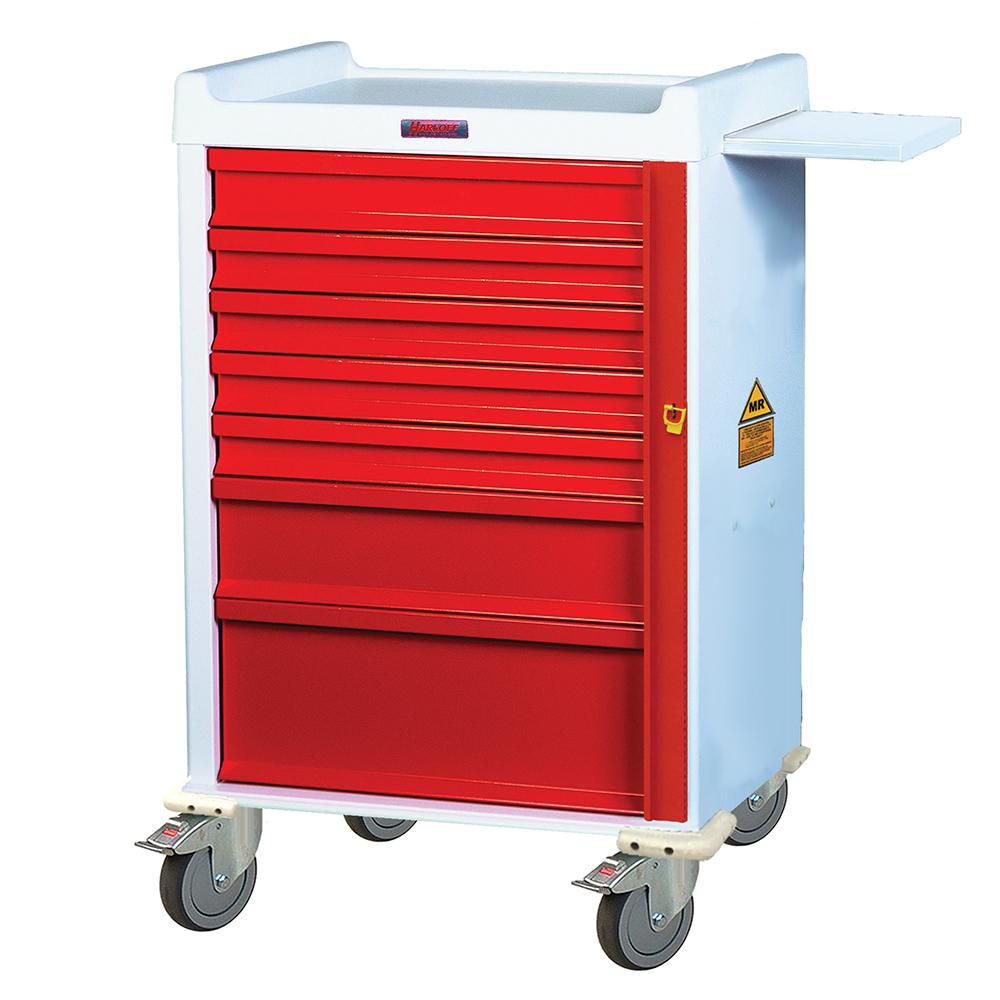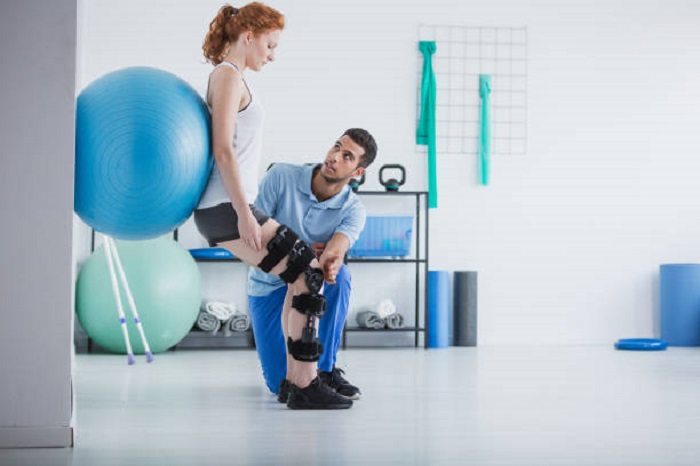-

Standard Line Med Bin Cart - SL36BIN5
$4,494.00

The Role of Physical Therapy Equipment in Recovery and Rehabilitation
-
May 30,2023
Have you ever suffered an injury or illness that affected your mobility and independence? If so, you may have undergone physical therapy as part of your recovery. But did you know that the equipment used during these sessions plays a crucial role in your rehabilitation?
Physical therapy is a form of healthcare that aims to restore and maintain movement and function for individuals affected by injury, illness, or disability. It is often prescribed after a surgery, sports injury, or chronic condition to aid in recovery and prevent future complications. However, physical therapy is not just about exercises and stretches - specialised equipment is also used to help patients achieve their goals.
The role of physical therapy equipment in recovery and rehabilitation cannot be overstated. From resistance bands to treadmills, each piece of equipment has a specific purpose in promoting healing, reducing pain, and improving mobility. In this article, we'll explore some of the most common types of physical therapy equipment and how they benefit patients.
Physical therapy is a type of healthcare service that focuses on diagnosing, treating, and preventing movement complications caused by injuries, illnesses, or surgeries. It involves using exercises, stretches, and hands-on techniques to improve range of motion, strength, and flexibility. Physical therapy can benefit patients of all ages and health conditions, from athletes recovering from sports injuries to elderly individuals with chronic conditions.
The Importance of Using Physical Therapy Equipment in Recovery and Rehabilitation
Physical therapy equipment plays a crucial role in the recovery and rehabilitation process. It not only enhances the effectiveness of therapy sessions but also helps patients to perform exercises and stretches with greater ease and comfort. By providing support, stability, and resistance, physical therapy equipment can help patients to gradually build their strength, improve range of motion, and manage pain.
Types of Physical Therapy Equipment
There are many types of physical therapy equipment that physical therapists use for different purposes, including:
Resistance Bands
Resistance bands are elastic bands that come in different levels of resistance. They are used to perform strength training exercises and stretches to improve muscle strength and flexibility. Resistance bands can be used for upper body, lower body, and core exercises.
Therapy Balls
Therapy balls are inflatable balls that come in different sizes. They are used for a variety of exercises, such as balance training, strength training, and stretching. Therapy balls can be used for different body parts, including the back, legs, and arms.
Balance Boards
Balance boards are platforms that come with a pivot point underneath. They are used for balance training, core strengthening, and rehabilitation exercises. Balance boards can be used for different parts of the body, including the ankles, knees, and hips.
How Physical Therapy Equipment Helps in Strength Training, Range of Motion, and Pain Management
Physical therapy equipment helps in strength training by providing resistance and support to the body. Resistance bands, for example, can be used to perform exercises such as bicep curls, rows, and chest presses. The bands provide resistance to the muscles, helping to build strength over time.
Physical therapy equipment also helps in improving range of motion by providing support and stability to the body. Therapy balls, for example, can be used to perform stretches that help to increase flexibility in the back, legs, and arms. By using the ball as support, patients can perform stretches with greater ease and comfort.
Physical therapy equipment can also help in pain management by providing different levels of support and pressure to the body. Balance boards, for example, can be used to perform exercises that help to relieve pain in the ankles, knees, and hips. By placing the affected area on the board and gradually shifting weight, patients can help to reduce pain and inflammation.
Examples of Specific Equipment for Different Types of Injuries and Conditions
Physical therapy equipment can be tailored to suit different types of injuries and conditions. For example:
For Back Pain
For patients with back pain, physical therapists may use equipment such as foam rollers, cervical pillows, and lumbar cushions. Foam rollers are used for self-massage and myofascial release, while cervical pillows and lumbar cushions provide support and alignment to the spine.
For Knee Injuries
For patients with knee injuries, physical therapists may use equipment such as resistance bands, rehabilitation machines, and knee braces. Resistance bands can be used for strengthening exercises, rehabilitation machines provide support and resistance to the knee, and knee braces help to stabilize and protect the knee.
For Shoulder Injuries
For patients with shoulder injuries, physical therapists may use equipment such as resistance bands, shoulder pulleys, and rotator cuff weights. Resistance bands can be used for strengthening exercises, shoulder pulleys can help to improve range of motion, and rotator cuff weights can help to build strength in the shoulder muscles.
Considerations for Choosing the Right Equipment for Different Patients and Their Needs
When choosing physical therapy equipment for patients, physical therapists must consider several factors, including:
The patient's health condition and medical history.
The patient's level of fitness and ability.
The patient's treatment goals and objectives.
The safety and effectiveness of the equipment.
The cost and accessibility of the equipment.
Physical therapists must also ensure that patients are instructed on how to properly use the equipment and that the equipment is adjusted to fit the patient's needs and abilities.
Conclusion Emphasizing the Importance of Using Physical Therapy Equipment in Recovery and Rehabilitation
Physical therapy equipment plays a critical role in the recovery and rehabilitation process. By providing support, resistance, and stability, physical therapy equipment can help patients to gradually build their strength, improve range of motion, and manage pain. Through a combination of exercises, stretches, and hands-on techniques, physical therapy can help patients of all ages and health conditions to improve their quality of life and achieve their treatment goals. It is important for physical therapists to choose the right equipment for their patients and to provide proper instruction and guidance on how to use the equipment safely.




